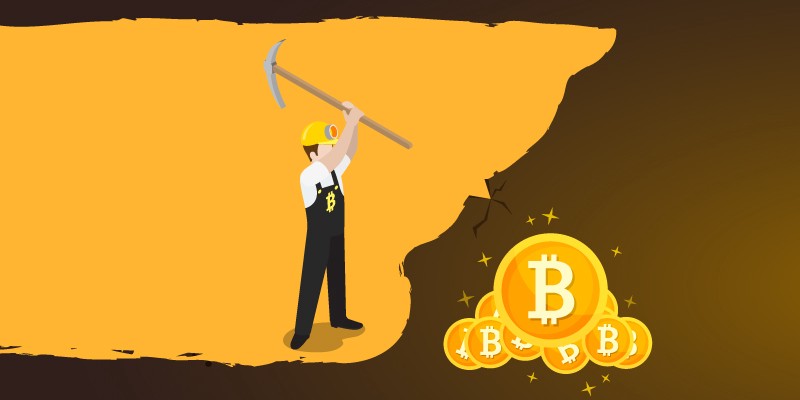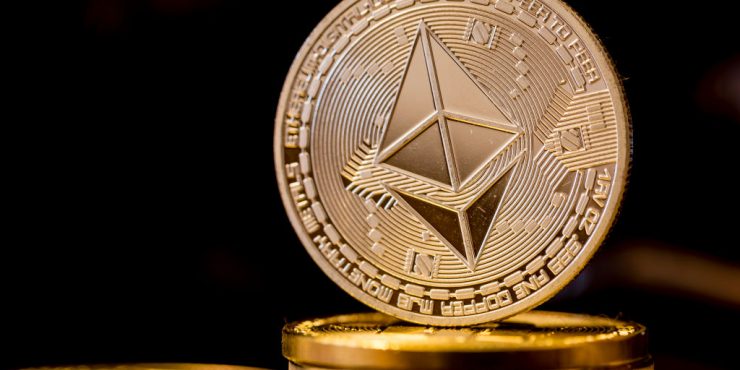As cryptocurrencies go, Tether has the least of the things that make them interesting and perhaps the most of the things that make them attractive to traditional finance. Tether’s primary aim is simple: provide a way to move dollars on the blockchain by maintaining fiat accounts with units in a 1:1 ratio.
So if there are a million dollars in fiat deposits backing USDT, the US Dollar-Tether pairing cryptocurrency, then there should only be about a million USDT circulating. Tethers are managed by a company called Tether Limited, which is composed of employees of one of the world’s largest cryptocurrency-fiat exchanges, Bitfinex.
Tether is a token on both the Bitcoin blockchain and the Ethereum network. Tokens are issued by Tether Limited for either chain, but it is not possible to simply spend a USDT from the Bitcoin blockchain on the Ethereum network. While USDT is the only major Tether token currently circulating, the Euro version and a version for the Japanese Yen are both planned.
What Is Tether Needed For?
The reader may develop the obvious question: why shouldn’t someone just store their funds in a regular fiat account as opposed to keeping dollars in Tethers. The answer is that for the most part, someone should just do that. But if they want to have easy access to cryptocurrency markets with some predictability as to future value of the asset in question, then the USDT is a valuable tool.
Accepted across exchanges and every bit as fast as Bitcoin, USDT eliminates traditional boundaries to fiat banking. The trader can buy X USDT, the tokens are generated and issued by Tether Limited, and then at some later point he can trade back into USDT and exit into fiat.
The idea is that his starting capital, at least, is free of market volatility as compared to keeping the funds in Bitcoin, for instance. That can go very right plenty of the time, but of course it can also go wrong. For the times that bitcoins might lose significant buying power just over the duration of a transaction, Tether serves the purposes of traders and modern bankers looking to maintain certain levels of liquidity and consistency.
Perhaps most importantly, USDT offers exchanges a way to have fiat-crypto pairs without actually necessarily having to expose themselves to fiat laws and regulations. The primary exchanger of USDT to US Dollars is Bitfinex. On the same note, it would be incorrect to not mention the recent beginnings of investigation by the US Government.
Bitfinex Creates the Crypto Dollar
The Blockchain represents a global shift in the way people think about money, its issuance, and also about security and integrity. Bitfinex, one of the largest fiat and cryptocurrency exchanges in the world, identified a real need, watching trade patterns on its own platform, and thus sought to create Tether. USDT doesn’t have to be the only crypto token paired with fiat currencies, and certainly the frequent question of Tether Limited’s solvency creates a market for competitors.
As far as financial instruments go, cryptocurrencies are still very much in their infancy. Big money hasn’t even arguably begun to flow into the marketplace. For reference, the current size of the total cryptocurrency market is around $280 billion, while the size of the global stock market is pushing $100 trillion.
The Fundamental Drawback(s)
People don’t start using cryptocurrency because they want a managed account. There are many reasons to get into cryptos, but if you want an account that is attended to by financial professionals, sticking with a bank is the obvious best route. No, people get into cryptos because they want freedom. In Tether, you get quite the opposite. Your Tethers are always worth dollars, sure, but you are also constantly relying on Tether.
An incomplete mixing of banking and cryptocurrencies is bound to deliver substandard results. Essentially, the biggest drawback in Tether is that every USDT can be worth $0 actual money at any time at the behest of regulators. Aside from the benefits gained by their trading clients at Bitfinex, it’s not evident how Tether Limited actually makes significant money.
This underscores the problem with having to trust them: without a constantly auditable device like we have in traditional blockchains, there are constant opportunities for malfeasance.
Likely the biggest drawback for most is the lack of speculation. When Bitcoin and others are slipping against fiat currencies, it makes sense to have a safe haven or havens to park funds in, but ultimately the size of the Tether market could be meaningless.
While it gives any exchange the ability to pretty much instantly (by supporting Bitcoin or Ethereum) add fiat trading, its actual importance relies on exchanges continuing to have severe banking problems. The expectation is clearly the opposite — eventually banks and cryptocurrency exchanges will find workable relationships, and cohesion between the two will be sufficient as to make coins like Tether unnecessary.
While investors have the most need of Tether, it is also from their perspective that the token is least attractive. There’s no speculating on the price movements of Tether — they’re always going to be exactly as expected. So while Tether is a useful offering for those who need it, it will never play the role of expanding the overall network effect of cryptocurrency, and certainly over time its necessity could dissipate as banks join the 21st century.
A Summary Of Tether
- The purpose of Tether is to directly pair with fiat currencies. USDT is the largest offering, pairing Tether and the US Dollar at a 1:1 ratio, but others exist as well, including EURT.
- Tether issues tokens attached to both the Ethereum and Bitcoin blockchains. USDT issued on the Ethereum network do not replace USDT issued on the Bitcoin network.
- It makes it easier for traders to more quickly enter and exit crypto markets.
- It has had some community criticism regarding its transparency and has more recently had regulatory inquiries.

 Crypto6 years ago
Crypto6 years ago
 What is... ?7 years ago
What is... ?7 years ago
 Crypto6 years ago
Crypto6 years ago
 What is... ?7 years ago
What is... ?7 years ago
 Bitcoin6 years ago
Bitcoin6 years ago
 Bitcoin6 years ago
Bitcoin6 years ago
 Bitcoin6 years ago
Bitcoin6 years ago
 Crypto6 years ago
Crypto6 years ago

















